New research reveals that hypoglycemia may worsen diabetic retinopathy by breaking down the blood-retinal barrier.
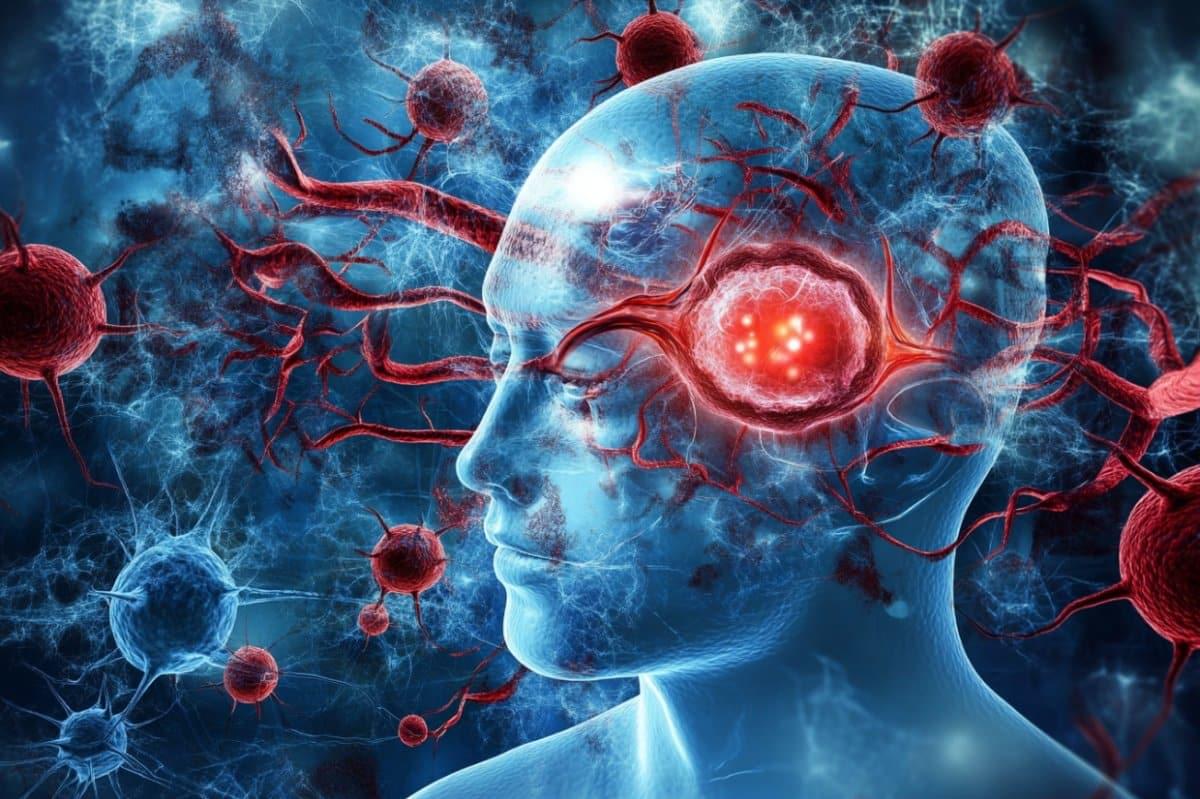

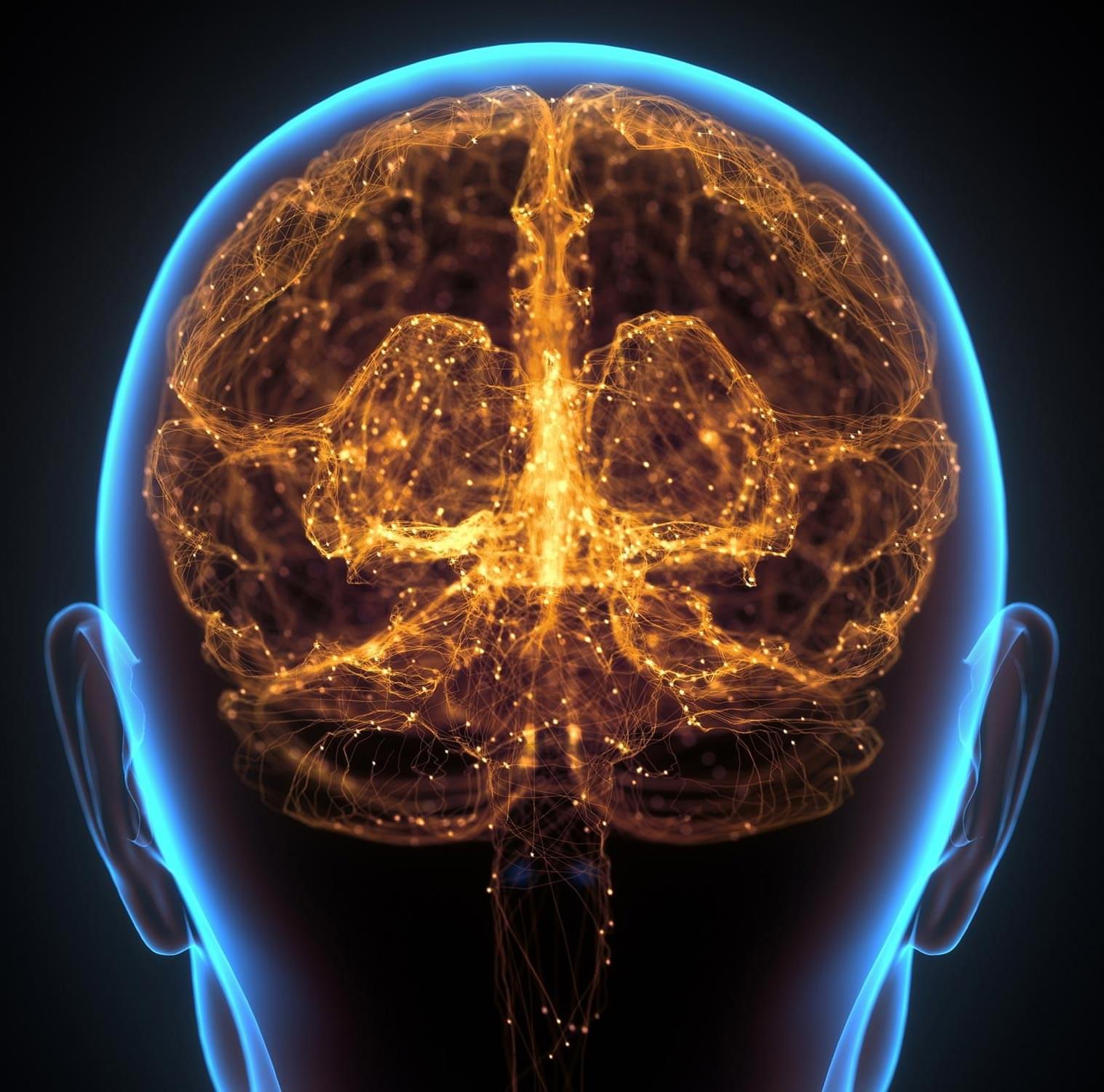
Hypertension and other health risks accelerate brain aging, as shown in a 16-year study using MRI data and predictive modeling.
Chinese scientists have conducted a population-based cohort study to examine the long-term impact of unhealthy lifestyles, metabolic abnormalities, and other risk factors on brain aging. The findings showed that these factors significantly accelerate brain aging, and the researchers proposed strategies to support brain health. Their study was published in Research.
Background.

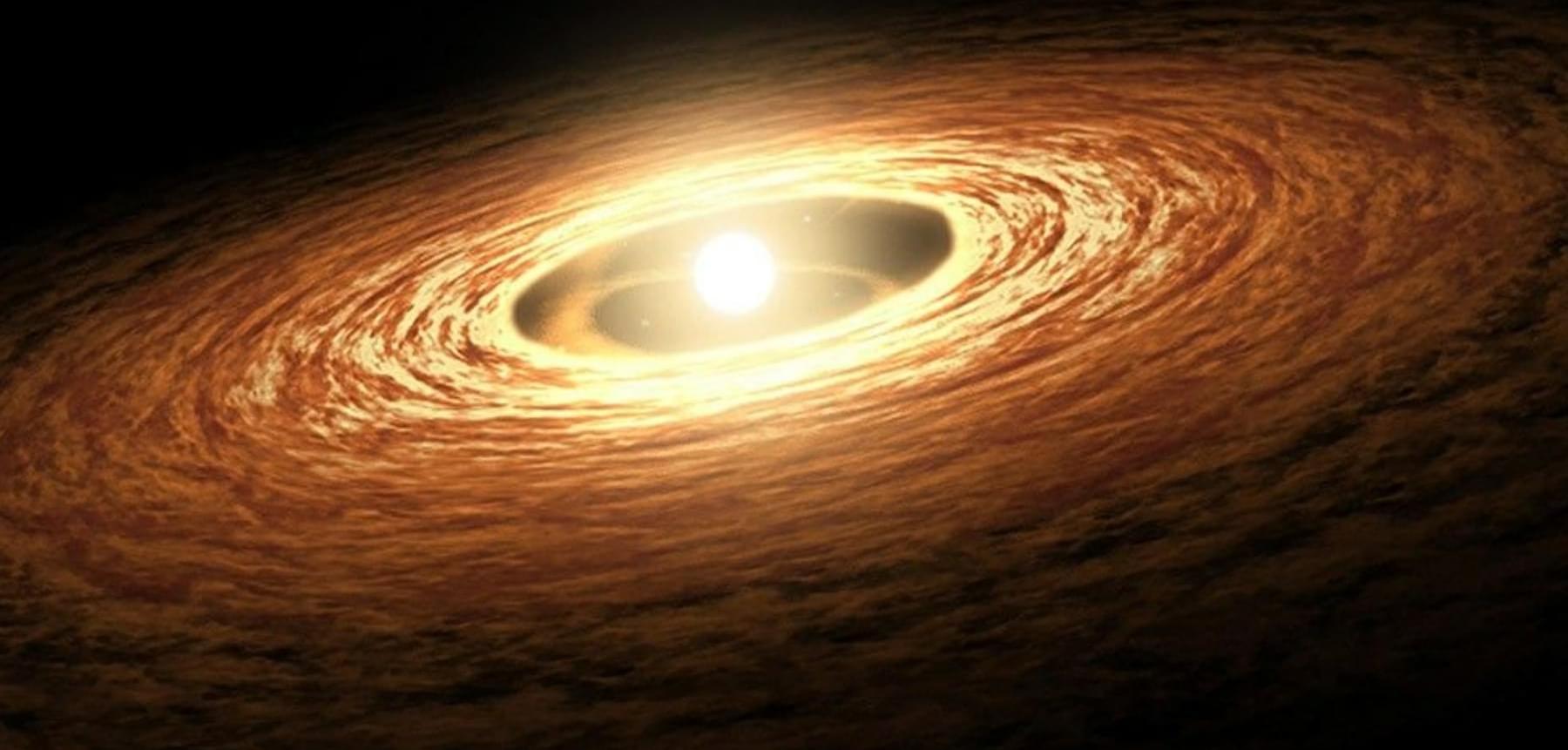
Do we know everything about the Milky Way? A team of astronomers has arrived to change everything we know about our universe, and they have found strong evidence that super-Earths (planets larger than Earth but smaller than Neptune) could be much more common than previously thought! They discovered it thanks to a technique called gravitational microlensing. Don’t worry if you don’t understand it, keep reading and we’ll explain everything.
The study was led by scientists from the Harvard-Smithsonian Center for Astrophysics, and it reveals that one in three stars in the Milky Way could have a super-Earth. Isn’t that exciting?
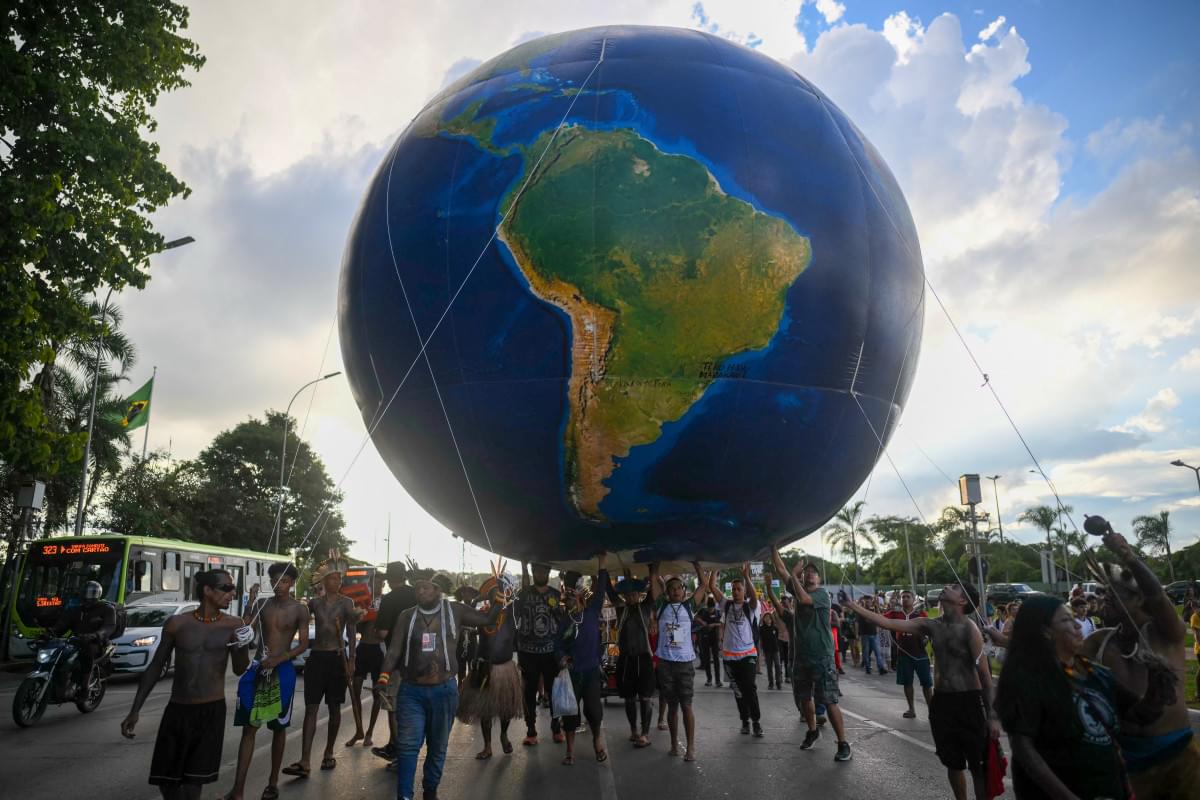
It might sound like something out of an apocalyptic movie, but a supercomputer has predicted the end of the world.
But don’t worry too much because it’s not supposed to happen soon.
According to an April 2025 article in LaGrada, a group of scientists used a supercomputer to “determine that survival on planet Earth will be impossible in about 1 billion years, when conditions become too extreme for life as we know it.”

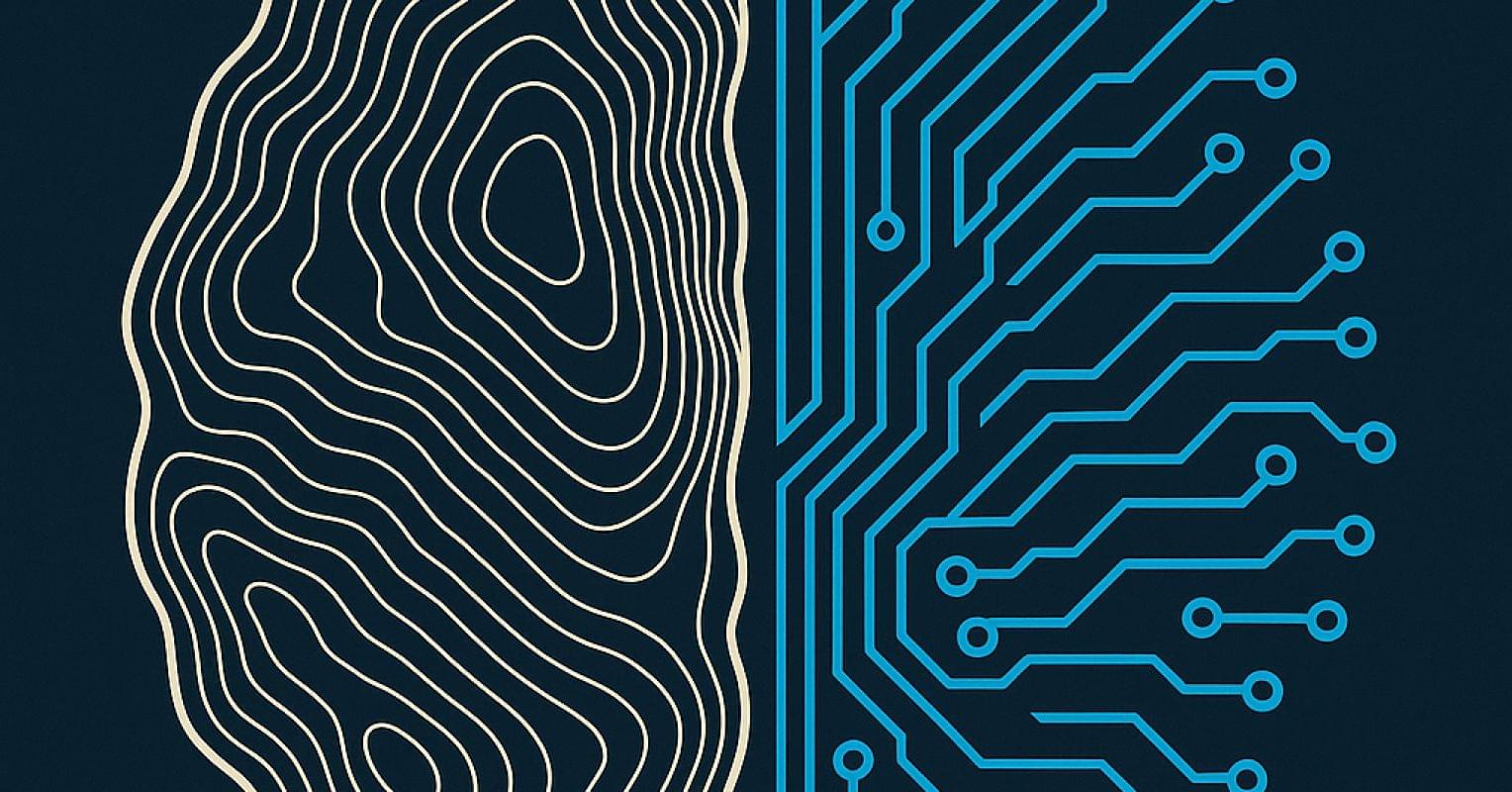
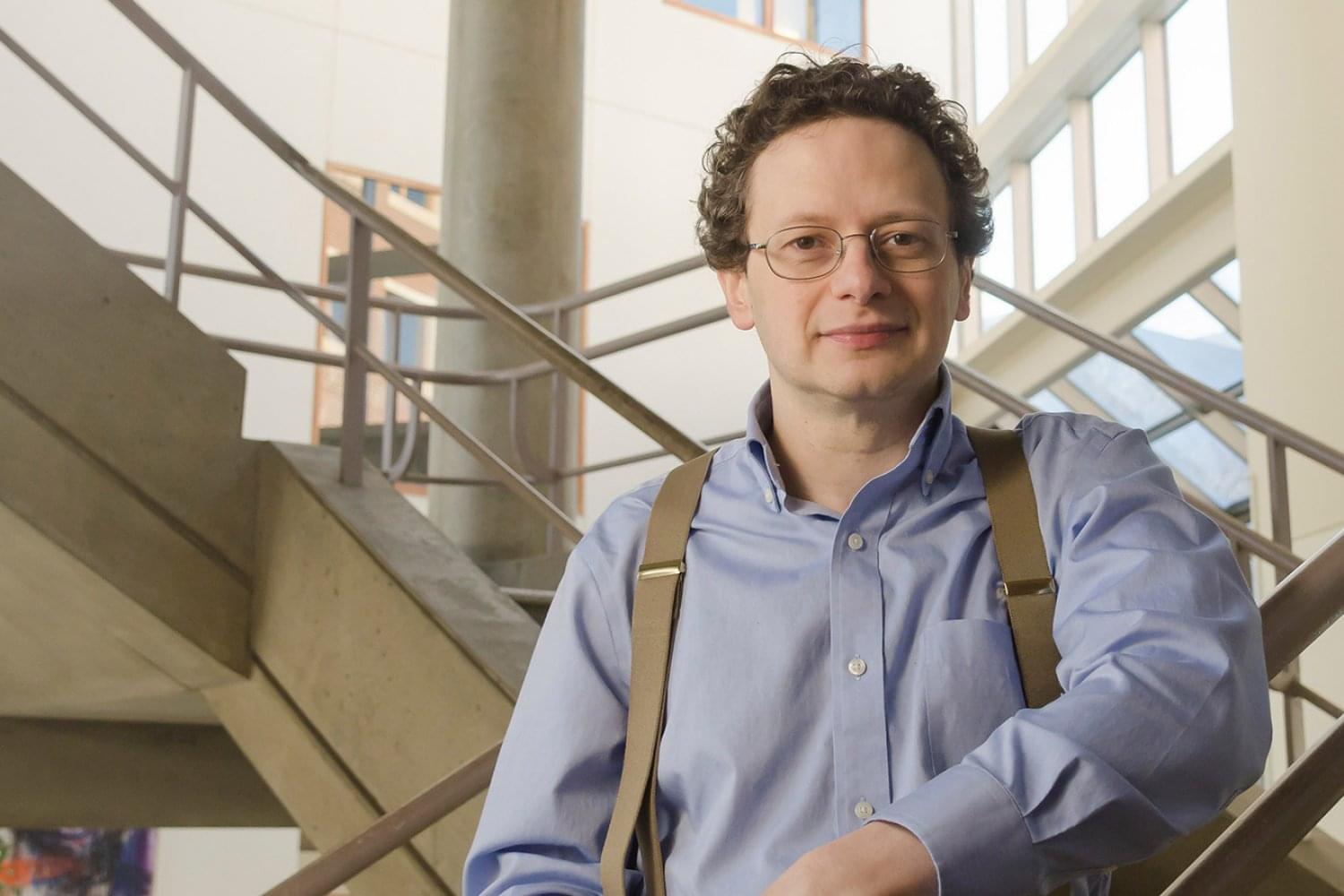
As director of the MIT BioMicro Center (BMC), Stuart Levine ’97 wholeheartedly embraces the variety of challenges he tackles each day. One of over 50 core facilities providing shared resources across the Institute, the BMC supplies integrated high-throughput genomics, single-cell and spatial transcriptomic analysis, bioinformatics support, and data management to researchers across MIT. The BioMicro Center is part of the Integrated Genomics and Bioinformatics core facility at the Robert A. Swanson (1969) Biotechnology Center.
“Every day is a different day,” Levine says, “there are always new problems, new challenges, and the technology is continuing to move at an incredible pace.” After more than 15 years in the role, Levine is grateful that the breadth of his work allows him to seek solutions for so many scientific problems.
By combining bioinformatics expertise with biotech relationships and a focus on maximizing the impact of the center’s work, Levine brings the broad range of skills required to match the diversity of questions asked by investigators in MIT’s Department of Biology and Koch Institute for Integrative Cancer Research, as well as researchers across MIT’s campus.
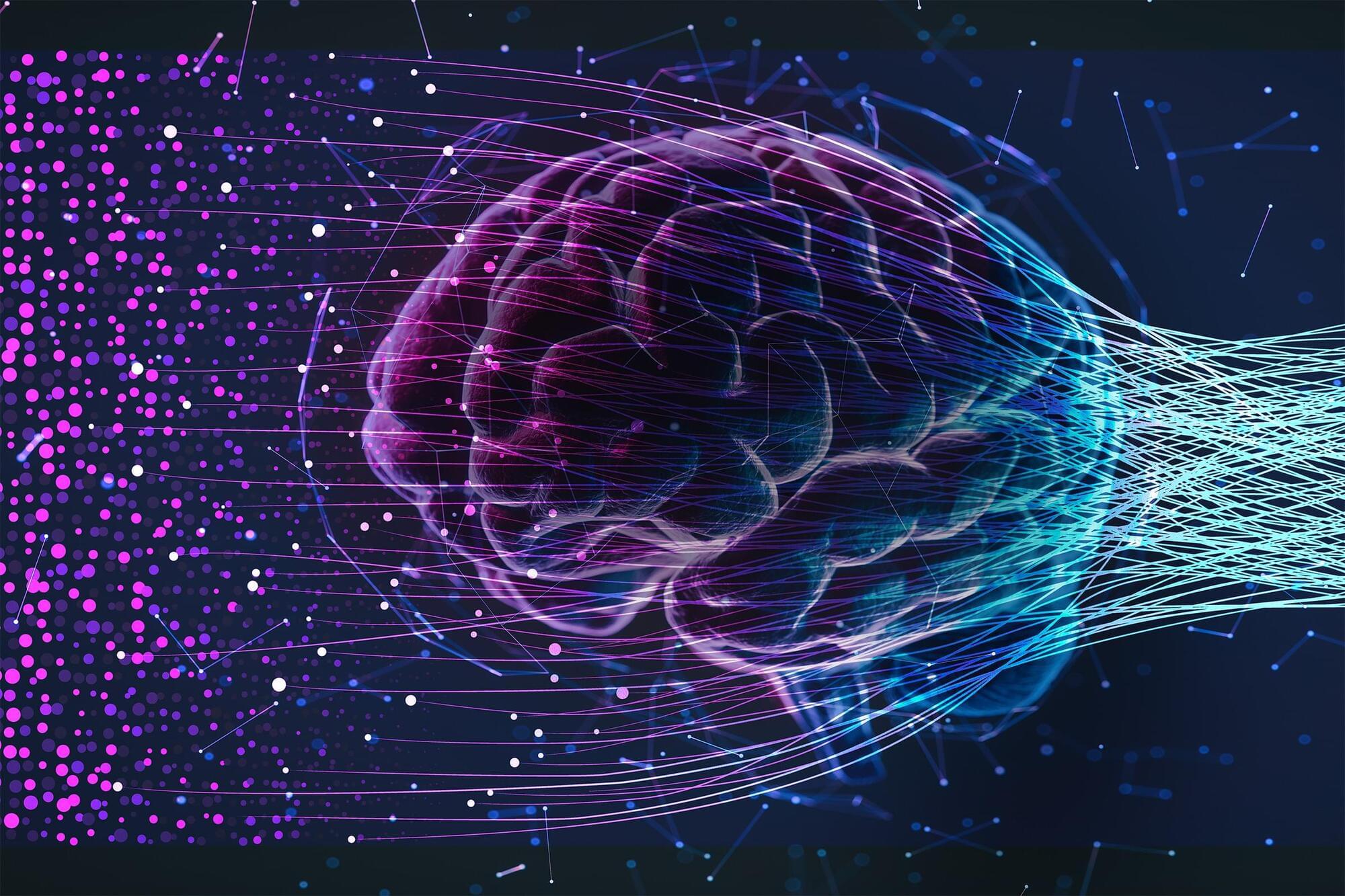
While early language models could only process text, contemporary large language models now perform highly diverse tasks on different types of data. For instance, LLMs can understand many languages, generate computer code, solve math problems, or answer questions about images and audio.
MIT researchers probed the inner workings of LLMs to better understand how they process such assorted data, and found evidence that they share some similarities with the human brain.
Neuroscientists believe the human brain has a “semantic hub” in the anterior temporal lobe that integrates semantic information from various modalities, like visual data and tactile inputs. This semantic hub is connected to modality-specific “spokes” that route information to the hub. The MIT researchers found that LLMs use a similar mechanism by abstractly processing data from diverse modalities in a central, generalized way. For instance, a model that has English as its dominant language would rely on English as a central medium to process inputs in Japanese or reason about arithmetic, computer code, etc. Furthermore, the researchers demonstrate that they can intervene in a model’s semantic hub by using text in the model’s dominant language to change its outputs, even when the model is processing data in other languages.
